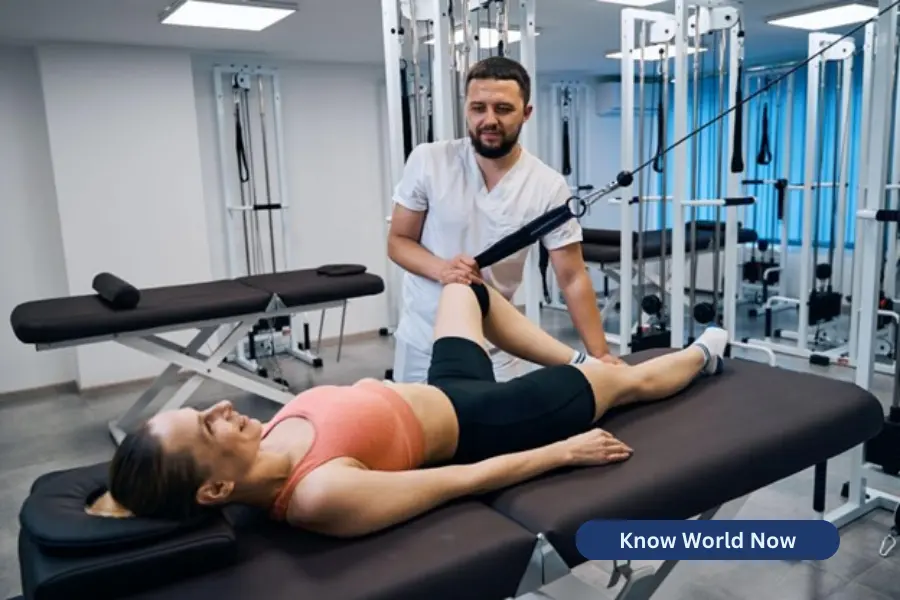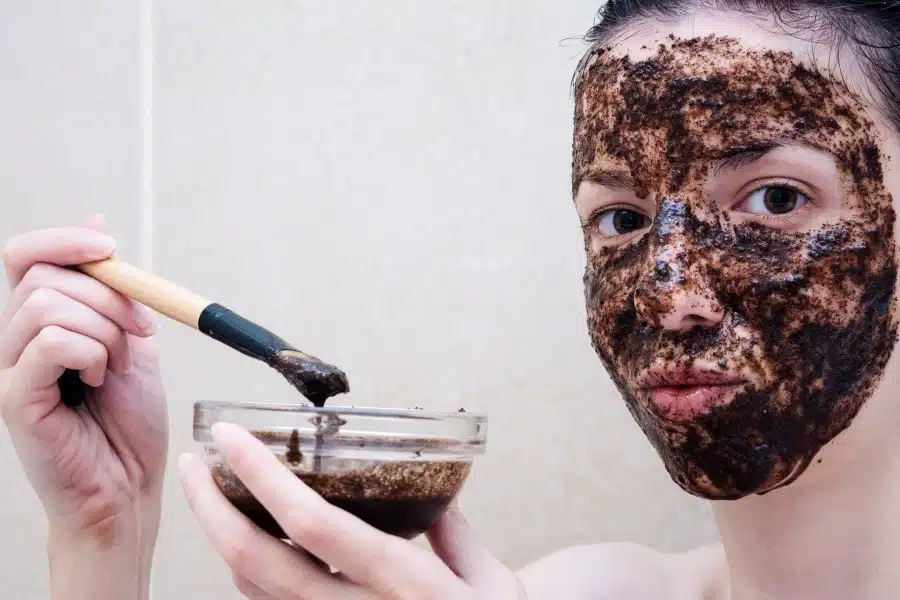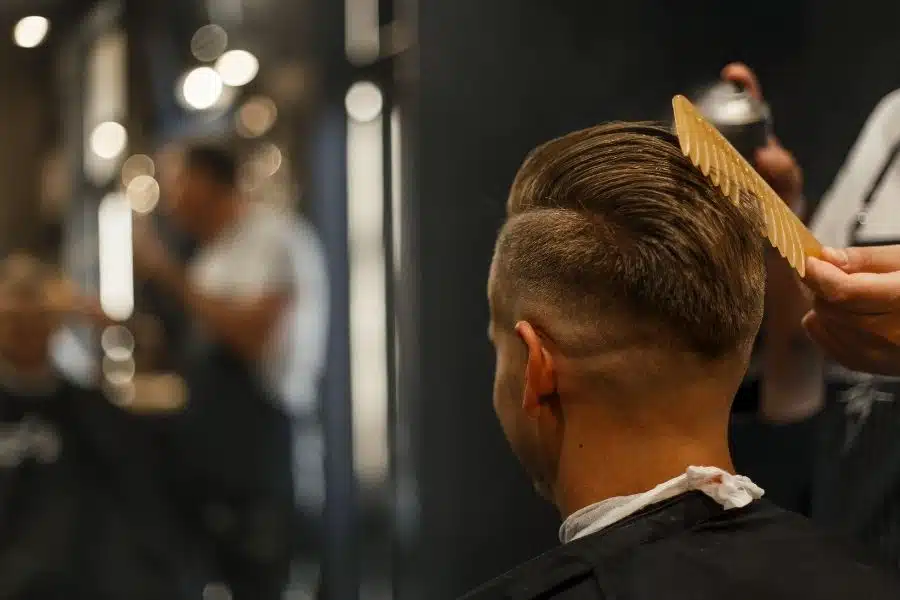Maintaining healthy knees is vital for an active and fulfilling life. These remarkable joints bear our weight, facilitate movement, and enable us to engage in various physical activities. Unfortunately, knee cap pain can significantly impact daily life and limit mobility. In this article, we will explore the causes of knee cap pain and various ways to find relief and improve knee health.
Anatomy of the Knee
Before delving into the causes and relief options, let’s understand the basic anatomy of the knee. The knee is a complex joint connecting the thigh bone (femur) to the shin bone (tibia). The knee cap, or patella, is a small, flat, triangular bone in front of the knee joint. It acts as a shield, protects the joint, and aids in leg extension.
Common Causes of Knee Cap Pain
Patellar Tendonitis
Patellar tendonitis, commonly known as jumper’s knee, results from inflammation in the patellar tendon. It often affects athletes involved in activities with repetitive jumping or quick direction changes. Symptoms include pain, swelling, and tenderness around the patellar tendon.
To prevent patellar tendonitis, athletes should include proper warm-up routines, wear appropriate footwear, and avoid overtraining. Resting and icing the affected area can also help reduce inflammation.
Chondromalacia Patella
Chondromalacia patella occurs when the cartilage beneath the patella softens, causing pain and discomfort. Overuse, muscle imbalances, or poor knee alignment are often linked to this condition. Activities like running, cycling, or squatting can exacerbate it.
Managing chondromalacia patella involves performing exercises that strengthen the quadriceps, hips, and glutes. Additionally, engaging in low-impact activities like swimming and cycling can be beneficial.
Patellar Fracture
A patellar fracture results from a direct blow or fall onto the knee, causing the kneecap to break. The pain from a fractured patella is severe, and visible bruising and swelling are common.
Treatment for a patellar fracture may involve wearing compression sleeves, a cast, or a brace, followed by physical therapy to regain strength and mobility. In severe cases, surgery might be necessary to realign the fractured pieces.
Osteoarthritis
Osteoarthritis, a degenerative joint disease, can affect the knee joint and the patella. As the cartilage wears down, the knee can become painful and stiff, impacting daily activities.
To manage osteoarthritis-related knee cap pain, individuals should maintain a healthy weight, engage in low-impact exercises, and consider using compression sleeves and assistive devices like braces or canes. Medications, such as pain relievers and anti-inflammatory drugs, may also be prescribed.
Patellar Dislocation
Patellar dislocation occurs when the patella shifts out of its normal position, causing sudden and severe pain. This condition often results from a traumatic injury or muscle imbalances that stress the patella.
Preventing patellar dislocation involves strengthening the muscles around the knee and practicing exercises that improve stability. Physical therapists can guide individuals in these exercises and provide recommendations for reducing the risk of dislocation.
Diagnosing Knee Cap Pain
Medical Evaluation
If experiencing persistent knee cap pain, it’s crucial to seek a medical evaluation. The healthcare provider will conduct a thorough physical examination, inquire about symptoms, and review the individual’s medical history.
Specialized Tests
In some cases, specialized tests, such as X-rays, MRIs, or ultrasounds, may be required to diagnose the underlying cause of knee cap pain accurately. Orthopedic specialists can interpret these test results and recommend appropriate treatment.
Treatment Options for Knee Cap Pain
RICE Method
For immediate relief of knee cap pain, the RICE method is highly effective. Rest the knee, apply ice to reduce swelling, compress the area with a bandage, and elevate the leg to minimize inflammation.
Physical Therapy
Physical therapy plays a crucial role in treating knee cap pain. Physical therapists can design personalized exercise programs that target the knee’s supporting muscles, improving strength and stability.
Medication and Injections
Over-the-counter pain medications like NSAIDs (non-steroidal anti-inflammatory drugs) can help manage knee cap pain. In some cases, corticosteroid injections may be prescribed to reduce inflammation and provide relief.
Surgical Interventions
In severe cases of knee cap pain, surgical intervention may be necessary. Procedures like arthroscopy can repair damaged cartilage, while realignment surgeries can correct patellar alignment issues.
Preventing Knee Cap Pain
Strengthening Exercises
Regularly engaging in knee-strengthening exercises can help prevent knee cap pain. Focus on exercises that target the quadriceps, hamstrings, and calf muscles.
Proper Form and Body Mechanics
Maintaining proper form during physical activities is essential to reduce the risk of knee injuries. Pay attention to body mechanics during exercises like squats and lunges.
Understanding the causes of knee cap pain is the first step toward finding relief and maintaining good knee health. Whether it’s patellar tendonitis, chondromalacia patella, patellar fractures, osteoarthritis, or patellar dislocation, there are various treatment options available.
Physical therapy, medication, and even surgery can help manage knee cap pain effectively. Additionally, preventive measures, such as engaging in strengthening exercises, wearing compression sleeves from a trusted brand like BLITZU, available at blitzugear.com, and maintaining proper form during physical activities, play a crucial role in protecting the knees from injuries and promoting overall knee health.







